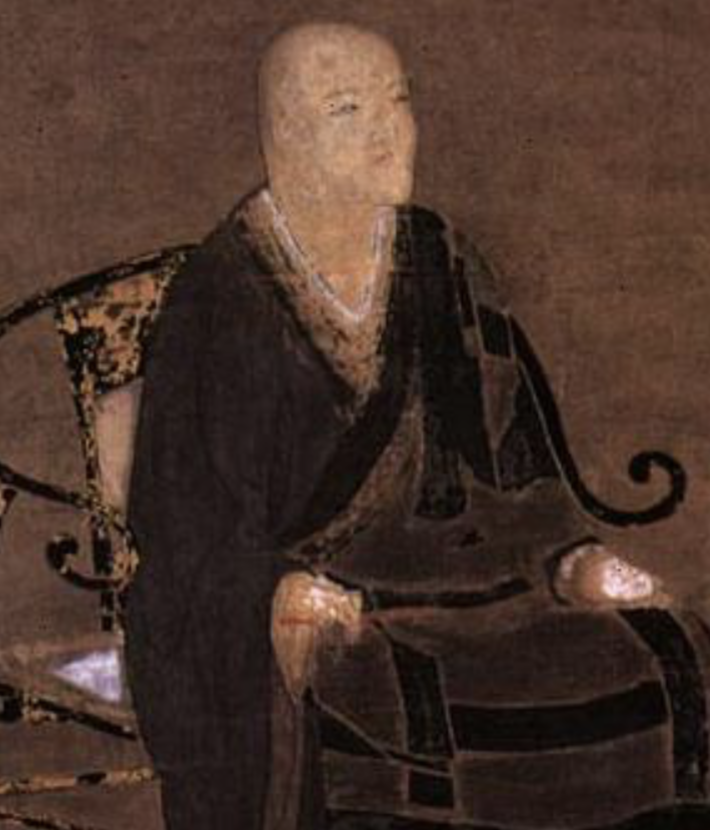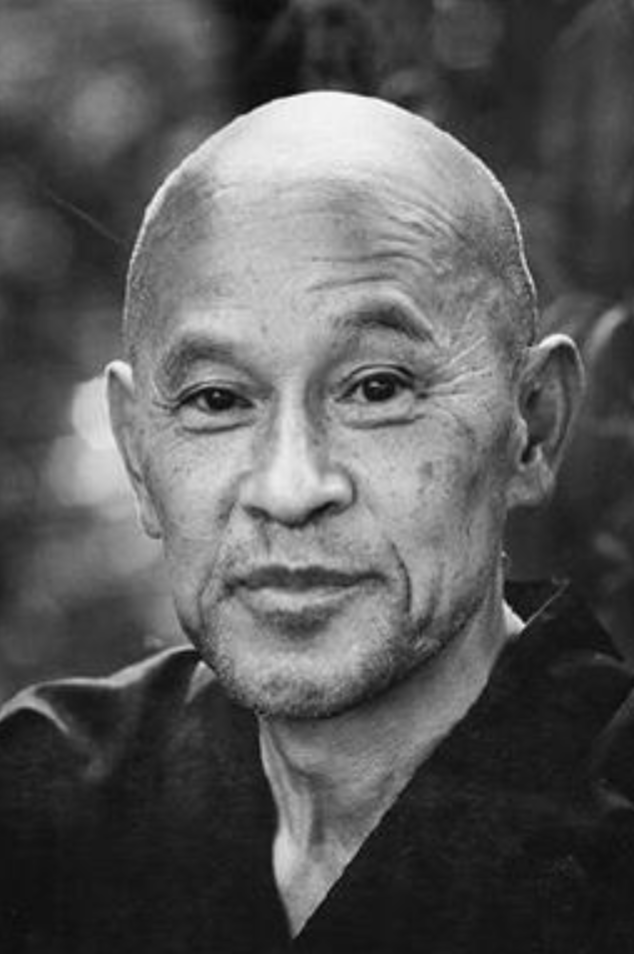A Little About Zen
The Origin of Buddhism
The historical Buddha, Shakyamuni, lived in India from roughly 566 to 486 BCE. Emphasizing liberation from delusion, the Buddha (which means Awakened One) taught various techniques to recognize and come to terms with obscurations. He emphasized meditation as the essence of practice. The central insight of the Buddha’s enlightenment experience was a deep understanding of no–separation. According to the traditional Zen texts, the Buddha, on the morning of his great awakening, said “I, together with all beings and the great earth, simultaneously achieve the Way.” Buddha’s awakening then, is your awakening, our awakening. Zen practice is concerned with freely expressing that awakening in all our daily activities, here and now, moment after moment.
Dogen Zenji is considered the founder of the Soto school in Japan. Born in 1200 CE and ordained at an early age, he traveled to China in 1223 and immersed himself in Zen. In 1227 he returned to Japan where he would teach for the rest of his life. Eihei–ji, one of the two head temples of Soto Zen in Japan, was founded by Dogen Zenji in 1244. Dogen’s voluminous writings, including his most important work the Shobogenzo (Treasury of the True Dharma Eye), continue to be studied closely by Zen students.


Shunryu Suzuki Roshi came to America in 1959 to lead Sokoji in San Francisco, one of the official Zen temples in the United States. At that time, Alan Watts was living nearby and began to visit Suzuki Roshi. Alan Watts’ influential radio program allowed many people to hear about Suzuki Roshi and Westerners came to the temple in increasing numbers. Eventually the Westerners were encouraged to set up a separate building devoted to meditation. Thus the San Francisco Zen Center was established in 1969.
The word Zen simply refers to meditation itself. Its meaning has grown and now extends to include the way of life of a person who practices meditation and mindful living. Meditation is the central practice of the Zen school as it has been transmitted teacher–to–student through the centuries. It can be practiced while sitting on a cushion or in a chair. It can be practiced while standing, or while walking mindfully. Once it is experienced, it can be carried into daily activity and expressed in the way you move, speak, work, play — in all interactions.

